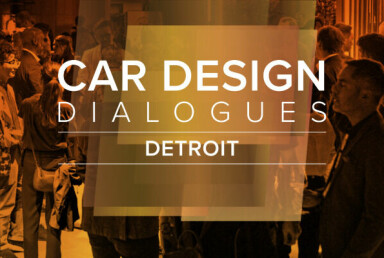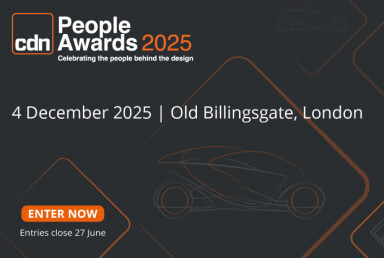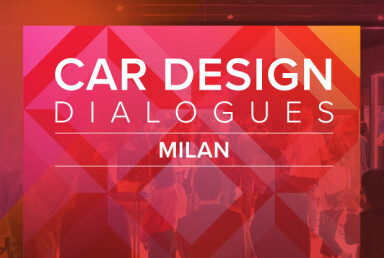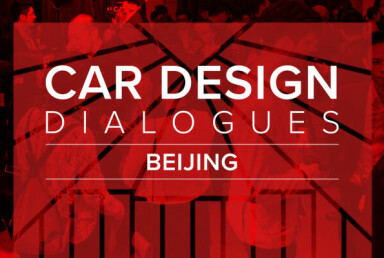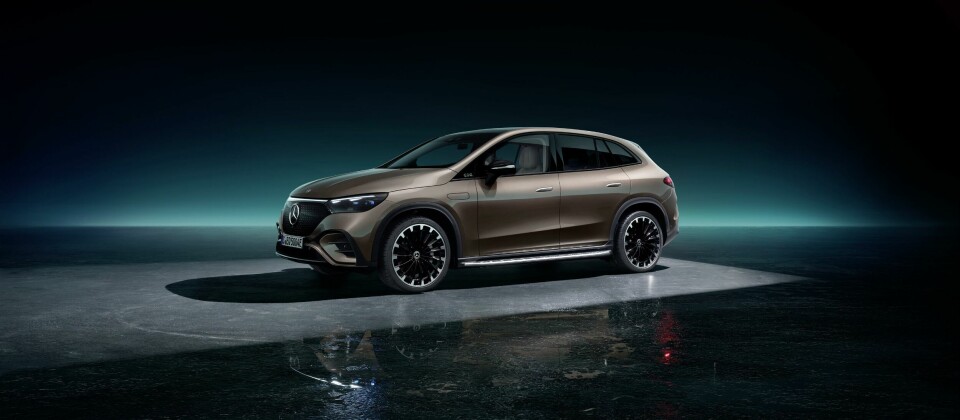
Mercedes-Benz debuts the EQE SUV in Paris
Mercedes Benz head of exterior design Robert Lesnik gives CDN’s Laura Burstein an exclusive walkaround of the new midsize electric crossover and talks candidly about the brand’s current design language
While a handful of French and Chinese automakers set up stands on the south side of town at the Paris Expo for the first post-pandemic Mondial de l’Automobile, Mercedes-Benz threw its own party in the 7th Arrondissement, commandeering the entire Musée Rodin and grounds to debut its EQE SUV and show off its complete electric portfolio thus far.
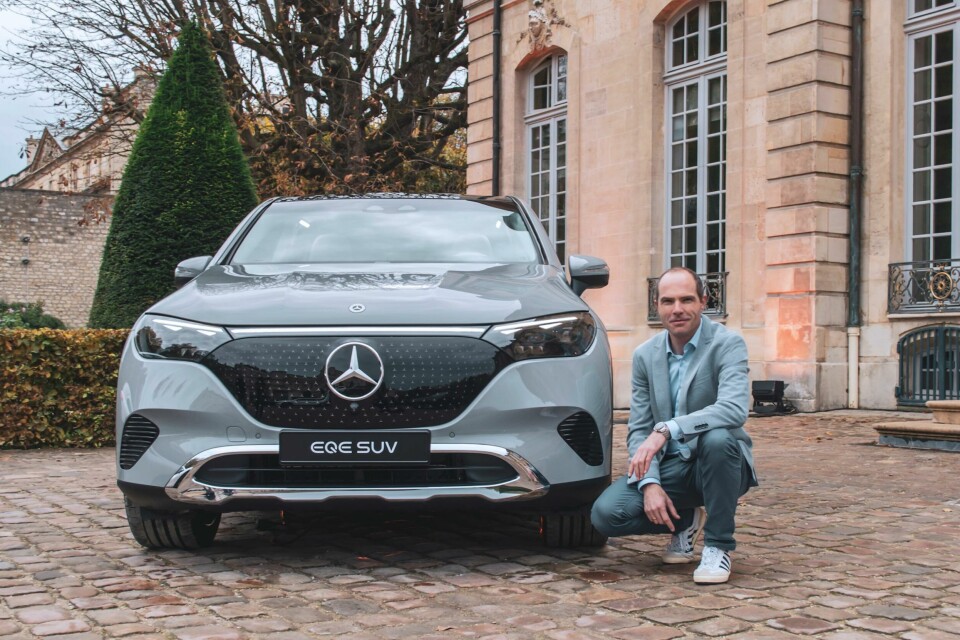
Photo credits (continued in gallery below): Karolina Dabrowski
The likely bread-and-butter of the Mercedes EQ lineup, the five-seat EQE SUV is the fourth EQ model built on the company’s EVA architecture, joining the EQS and EQE sedans, as well as the EQS SUV. This EQE SUV fits, footprint-wise, between the Tesla Model X and Model Y. It will go up against other newcomers in the field including the Polestar 3, which debuted in Copenhagen a few days earlier.
Powertrains in the EQE SUV will range from the single-motor, RWD variant good for 214 kW to the first electric AMG-branded model, with the line-topping model making 505 kW. Like its saloon counterpart, the EQE SUV is built on the same EQ platform shared with both body styles of the EQS (the compact EQB, meanwhile, is based on the company’s ICE platform).
On a rainy morning in Paris, head of Mercedes-Benz exterior design Robert Lesnik gave us an exclusive walkaround to discuss the EQE SUV and Mercedes’ design strategy.
Car Design News: Throughout its history, Mercedes has taken the “same sausage, different length” approach for much of its production vehicle lineup. The EQE does have some distinct differences from the EQS SUV, but is otherwise similar. Why are you employing this strategy for your electric lineup?
Robert Lesnik: Same style, different size is something that’s been done in this company for decades. Look at the 190 for example, starting from 1982. This strategy was very successful. So we went for the same thing with our EQ vehicles. Right now we are doing electric cars, and we are still doing combustion-engine cars. So for at least one generation, until the end of the decade, we have two completely different lineups. That’s double the work for design and development. There are companies out there that just started to define a portfolio, and maybe they have three cars. We have like 40 cars. That’s a huge difference. So with this size of the portfolio, we have certain aesthetics for electric cars, and certain aesthetics for combustion cars.
CDN: The form language of the EQ lineup is very soft and round. Obviously aerodynamics comes into play here, but we’ve seen other studios taking a more aggressive approach with their EV designs. What’s the reasoning behind this?
RL: We defined this plan four years ago. Nobody knew the answer back then what EVs should look like. Before that, we were working for decades on the same cars. Our C-Class is in the 6th generation, but package-wise it is the same as the first one that came out in 1982. So with the electric platform you have completely new possibilities. And what you see here was our answer.
Sometimes you can afford something in the S-Class, but you don’t want to fight for it in the E-Class
Also remember, electric cars are getting heavy, because of the batteries and such. So you can design a car that looks heavy and looks big, or you can design something that looks smaller and more compact. The more round something is, the smaller and more compact things look. I believe this isn’t the worst approach, especially when you see what’s happening right now with the energy crisis. Of course that’s a bit of a coincidence, and we didn’t know this would happen four years ago, but if you have a car that looks like it’s three tonnes, there is also a feeling that it doesn’t look like it’s aerodynamic or efficient. So now, even if it’s perception-wise, I think it’s better if you have more subtle design, and not so huge and aggressive.
CDN: What are some of the specific design elements that help this car with aero?
RL: The most crucial element is the drop shape. There are also a lot of things you don’t see, such as the underside of the running board, which is shaped to help better channel the air along the side of the car.
We’ve also chosen to keep conventional side-view mirrors. While some companies are switching to cameras, aerodynamics really only come into play above 90kph, so a camera can actually be less efficient depending on how and where you drive. We feel the shape of the mirror itself is as aerodynamic as possible. This car has a drag coefficient of just 0.25 [with the 19-inch wheel option], and there’s only one other similar car out there that currently has this rating (editor’s note: It’s the Tesla Model X).
For the first time on an EQ, we wanted to use a version of the Panamericana grille
CDN: I understand the EQE SUV is deliberately similar to the other models, but what are some of the specific differences?
RL: There are only very small differences, but always the same idea. The interior is exactly the same in all four cars. This vehicle is 10mm narrower than the EQS SUV, but everything else is the completely the same. One major difference is this car does not have the clamshell hood. We already did this on the other three cars, and it was also a matter of cost. Sometimes you can afford something in the S-Class, but you don’t want to fight for it in the E-Class. The bonnet is still fixed, however, which is why we have the opening on the side for the washer fluid.
CDN: That seems like a lot of real estate on the body side just for washer fluid.
RL: We didn’t want to do a frunk. We have the biggest HEPA filter in the world in the front and enough space in the back, so you there is no reason to open the bonnet. We feel this was the best solution.
CDN: This is the first time Mercedes has done an AMG-branded variant for one of its EQ models. What sets this car apart?
RL: The AMG is more styled, it looks a little more aggressive and more sporty. For the first time on an EQ, we wanted to use a version of the Panamericana grille (a signature design cue on the AMG GT). Also for the first time, instead of the Mercedes star emblem on the hood, we have a special badge that says “Made in Affalterbach.” There is a different treatment to the front and rear, and of course bigger wheels — which are a little bit worse for aero.
CDN: Here in Paris, you have on display the EQXX, the prototype we rode in earlier this year at the Mercedes Advanced design studio in Nice, France (which also appears in the spring 2022 issue of Interior Motives). This is a very different design language from what we see on the EQ lineup, and quite a bit more aggressive. Of course, the typology is different, but does this give some clue as to where the next generation of EVs will go?
RL: What I will say is this: This doubling of efforts for EV and combustion cars will happen until the end of the decade. And then, from the year 2025, all new cars will be electric anyway. Think about all the different types of cars we already have: the SL, the GT. So that is not a question you’ll need to ask.














